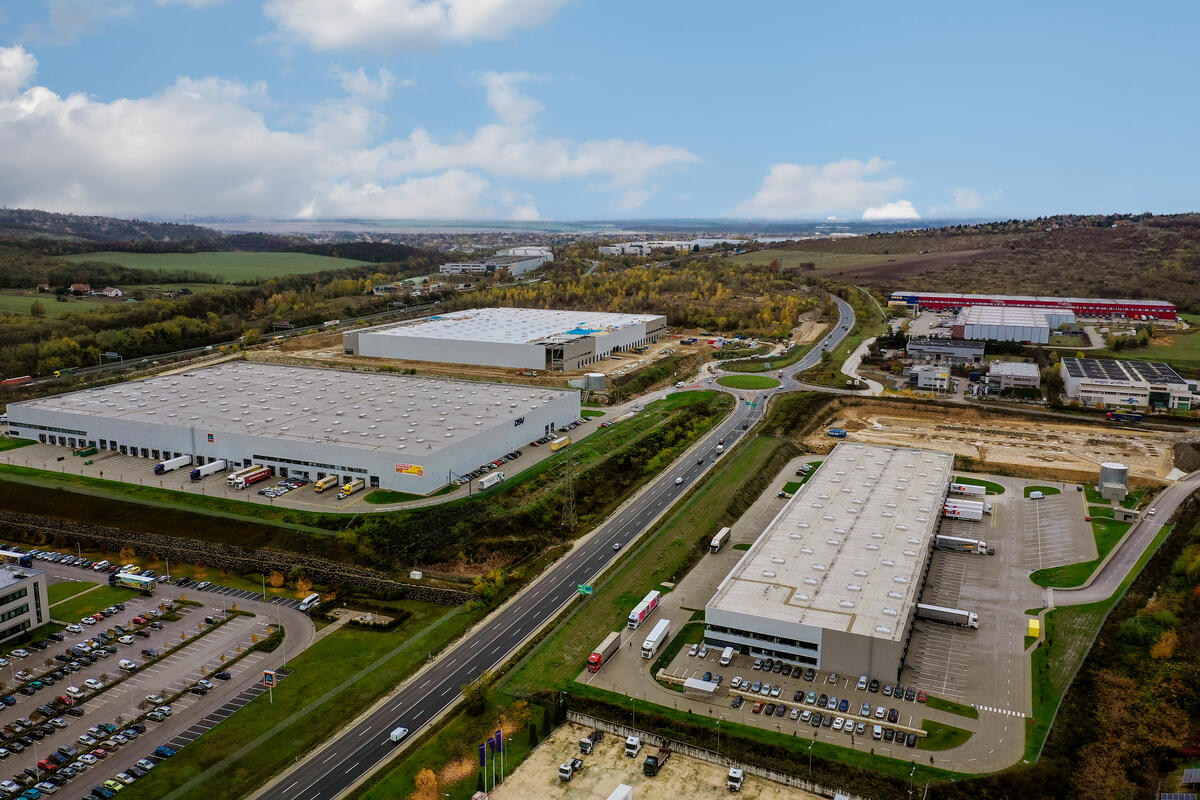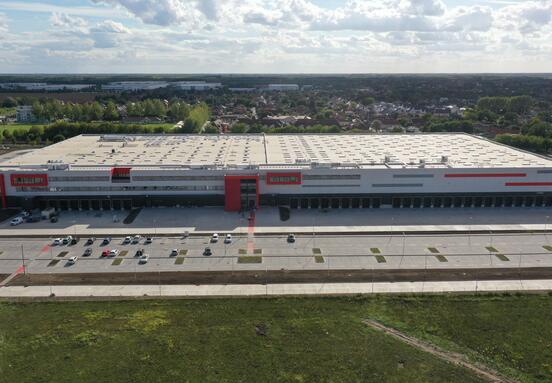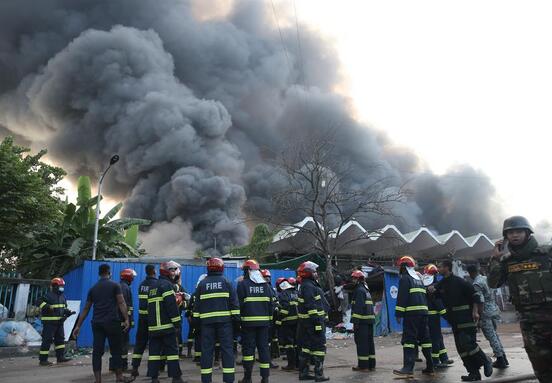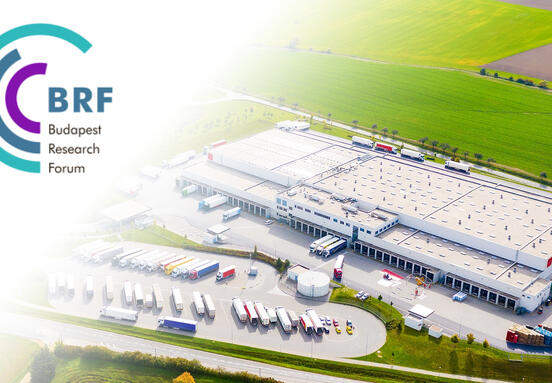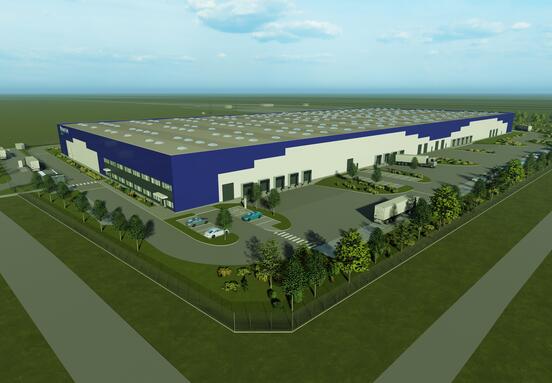In total, 292 CTP buildings at around a hundred different locations in six countries have confirmed their BREEAM In-Use status at the Very Good level or higher. A number of properties have reached the Excellent level. This means that the company is the greenest developer of industrial real estate in CEE and ranks among the best in Europe.
At CTParks, all buildings that can be certified and had been completed as at 1 January 2020 will be certified at the level of BREEAM Very Good or higher. “Certification of the entire portfolio was a huge challenge – none of our competitors in the region were able to stand up to it. We are glad that the project has been a success and has shown that our properties are truly energy efficient and meet a number of criteria that have an impact on the environment. No other developer in the Czech Republic or Central and Eastern Europe has had the quality of so many buildings checked in terms of building design, structure, use and sustainability. We are not aiming only for our new buildings to meet high environmental standards; our goal is to meet these with our entire portfolio,” added Martin Vaidiš, who is responsible for sustainable construction design at CTP.
The BREEAM In-Use certification has to be renewed every three years, which is a significant investment considering the size of CTP‘s real estate portfolio. In total, the company plans to invest €1.75m in building certification. Unlike much of the competition, which certifies buildings during construction only, CTP, as a developer that also operates buildings over the long term, wants to ensure they are sustainable throughout the building life cycle. That is why the company opted for the more costly In-Use system, where the evaluation also includes facility management and the building’s tenants, without whose cooperation the certificate cannot be obtained.
The BREEAM In-Use certification has to be renewed every three years, which is a significant investment considering the size of CTP‘s real estate portfolio. In total, the company plans to invest €1.75m in building certification. Unlike much of the competition, which certifies buildings during construction only, CTP, as a developer that also operates buildings over the long term, wants to ensure they are sustainable throughout the building life cycle. That is why the company opted for the more costly In-Use system, where the evaluation also includes facility management and the building’s tenants, without whose cooperation the certificate cannot be obtained.
“Certification of all properties for a player with a portfolio as extensive as that owned and operated by CTP is unique in Europe,“ confirmed Lenka Matějíčková, leader of the Green Team at Arcadis, a company that certified most of the CTP portfolio. She notes that other companies will follow this trend.
“BRE is delighted to have worked with CTP to certify their whole portfolio to BREEAM In Use. To have reached Very Good or Excellent levels on so many buildings is a testament to the commitment of CTP’s leadership to minimising the environmental impact of their business,” said Shamir Ghumra, Head of Building Performance Services.
“We took an environmentally-friendly approach to construction right from the start and adopted green principles long before they became a trend, giving us a huge advantage over the competition,“ said Martin Vaidiš. He now believes that the funds invested in more environmentally-friendly and, as a result, more expensive construction, are paying dividends. Green buildings are more efficient for their owners in the long run. They consume fewer resources, such as energy and water. Besides, these days, the vast majority of multinational tenants require high quality buildings.
A world leader in the certification of industrial buildings
Most of the industrial buildings in the CTP portfolio achieved the Very Good BREEAM In-Use rating; some of them even reached the Excellent level. This brings the average standard of CTP’s portfolio to the BREEAM Very good level, which is an exceptional achievement even in a Europe-wide context. The average result of CTP buildings reaches 60,13 %, an excellent rating. “In the Czech Republic, CTP achieved the highest number of certifications in the market, and the company leads in terms of the number of certified industrial buildings measured against BREEAM In-Use worldwide,“ added Matějíčková.
What does a green building actually look like?
Today, the average layperson imagines a sustainable building as a structure covered with greenery. If such a structure were to be built from non-environmentally friendly materials, however, the presence of greenery wouldn’t be much of a help. For a proper assessment of environmental quality, we must delve deeper into the evaluation of the technology used, certificates on the environmental impact of materials, etc. Green roofs, for example, which are highly popular and very visible, are not a suitable solution for industrial real estate. “If you were to cover the roof of an industrial building or a warehouse with greenery, it would result in a significant increase in the carbon footprint of the building caused by the need to reinforce the load-bearing and roof structures,” explained Martin Vaidiš. Today’s green building therefore primarily addresses energy saving through a high-quality building envelope, efficient LED lighting and efficient ventilation with the use of heat recovery. In the future, energy use at logistics warehouses will involve the concept of (partial) energy islands, which can be created with the use of photovoltaic roofing. Roofs offer plenty of space, which is usually not very usable, but great for photovoltaic panels. In the near future, CTP intends to install rooftop photovoltaic power stations at its parks, with the goal to generate over 20 megawatts at their peak. In the more distant future, the ambition stands at 250 MWp. Another essential feature of today’s warehouses are smart building management systems and a quality database of measured data.
What is also crucial is the use of low-carbon materials and certified products that are environmentally-friendly throughout their life cycles. Vaidiš says that the future for warehouses is about, among other things, the use of wooden structures or recycled materials. Adopting the right approach to recycling original materials is necessary for example if an old building is standing on the original brownfield site.
In green industrial buildings, the issue of water conservation needs to be addressed. Water is saved, for example, by flushing toilets with once-used purified greywater. Rainwater management also plays a role, either through retention tanks for further use (e.g. watering) or through seepage. It is highly important to leave rainwater at the point of impact and not let it drain into sewers or evaporate from a green roof.
CTP
